
Recently Viewed
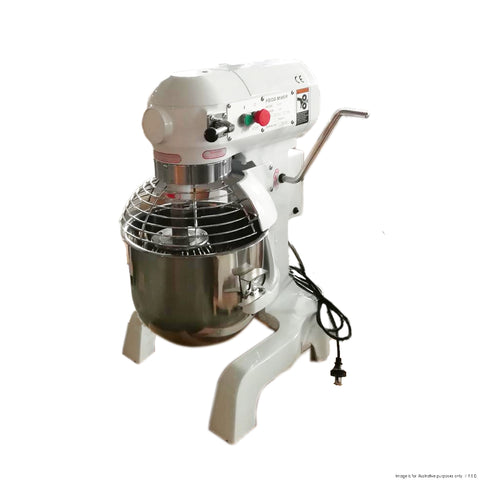

 BakerMax 20 Litre Heavy Duty Mixer B20KG
BakerMax 20 Litre Heavy Duty Mixer B20KG
530(W) x 496(D) x 780(H)mm
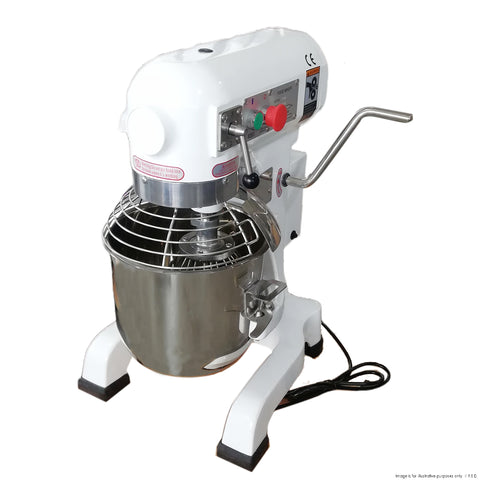

 BakerMax 10 Litre Heavy Duty Mixer B10KG
BakerMax 10 Litre Heavy Duty Mixer B10KG
452(W) x 432(D) x 606(H)mm


 Apuro Planetary Mixer White 7Ltr - DB266-A
Apuro Planetary Mixer White 7Ltr - DB266-A

 BakerMax 7 Litre Heavy Duty Mixer B7B
BakerMax 7 Litre Heavy Duty Mixer B7B
429(W) x 240(D) x 425(H)mm
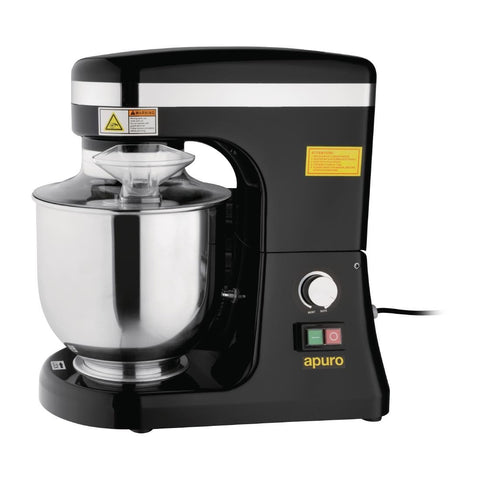

 Apuro Planetary Mixer Black 7Ltr - CP921-A
Apuro Planetary Mixer Black 7Ltr - CP921-A
230(W) x 420(H) x 400(D)mm
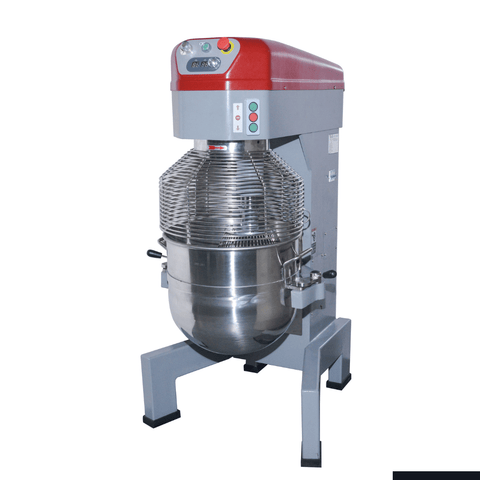

 Tyrone Heavy Duty Planetary Mixer 60L B60GX/S
Tyrone Heavy Duty Planetary Mixer 60L B60GX/S
816(W) x 823(D) x 1472(H)mm

 Anvil 10 Quart Planetary Mixer - PMA1010
Anvil 10 Quart Planetary Mixer - PMA1010
250(W) x 520(H) x 450(D)mm
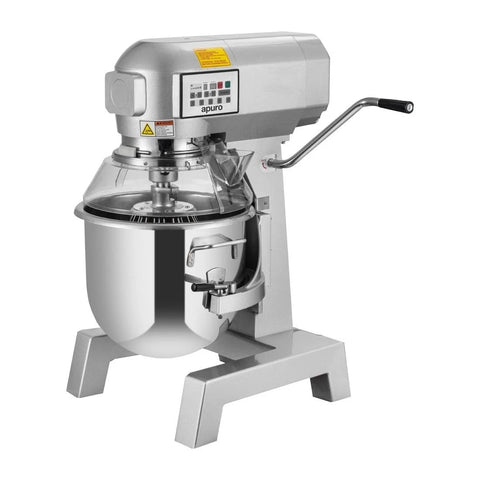

 Apuro 20L Digital Planetary Mixer - FU138-A
Apuro 20L Digital Planetary Mixer - FU138-A
558(W) x 794(H) x 558(D)mm
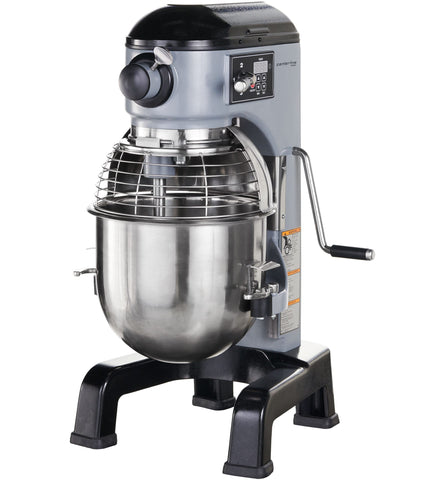

 Hobart Centerline 20 Quart Planetary Mixer - HMM20-90A
Hobart Centerline 20 Quart Planetary Mixer - HMM20-90A
430(W) x 846(H) x 551(D)mm
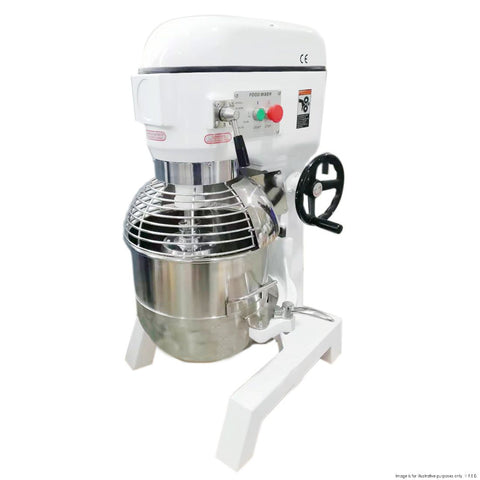

 BakerMax 40 Litre Belt Drive Three Speed Mixer B40KG
BakerMax 40 Litre Belt Drive Three Speed Mixer B40KG
620(W) x 630(D) x 1011(H)mm


450W x 850D x 540Hmm
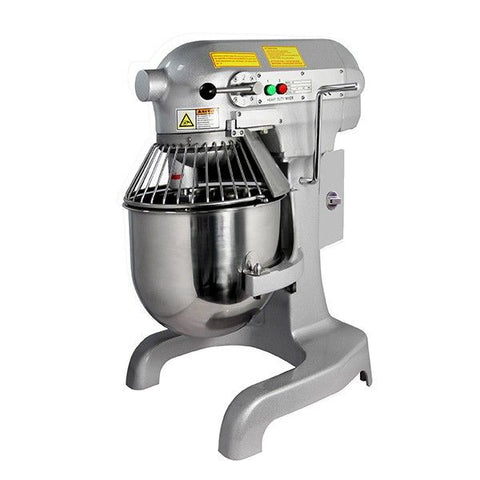

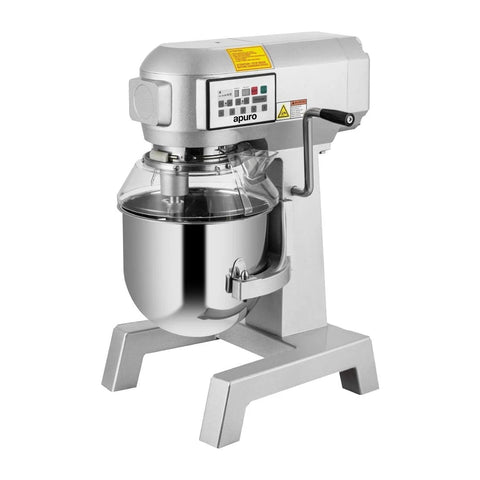

 Apuro 10L Digital Planetary Mixer - FU137-A
Apuro 10L Digital Planetary Mixer - FU137-A
475(W) x 625(H) x 475(D)mm
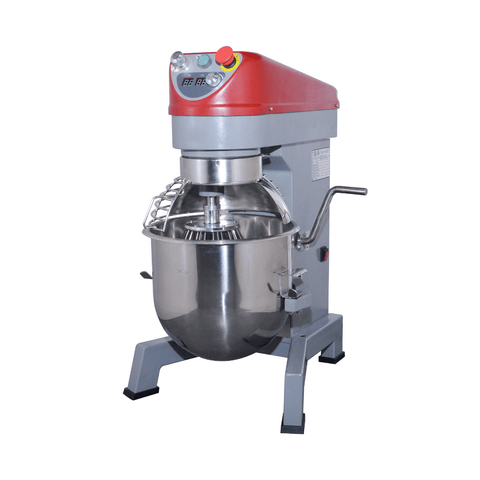

 Tyrone Heavey Duty Planetary Mixer 10L – B10GX
Tyrone Heavey Duty Planetary Mixer 10L – B10GX
447(W) x 518(D) x 690(H)mm
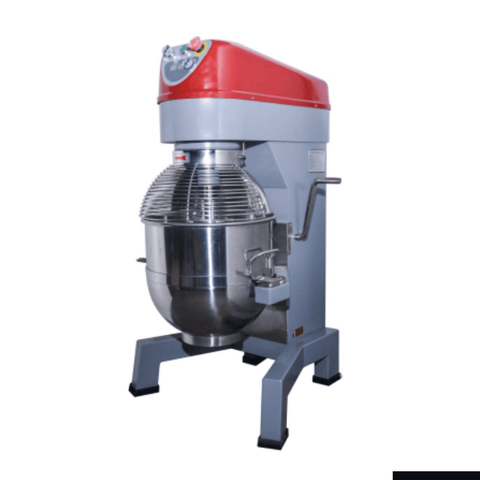

 Tyron Heavey Duty Planetary Mixer 40L B40GX
Tyron Heavey Duty Planetary Mixer 40L B40GX
675(W) x 741(D) x 1154(H)mm

 Hobart 20 Quart Planetary Mixer - A200-2251-E-D
Hobart 20 Quart Planetary Mixer - A200-2251-E-D
280(W) x 772(H) x 515(D)mm
484(W) x 722(H) x 514(D)mm
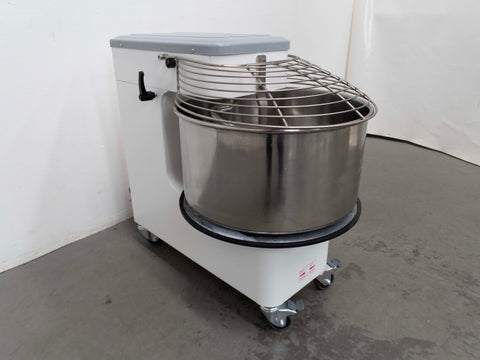

 Mecnosud PK44AD Spiral Mixer - 873778
Mecnosud PK44AD Spiral Mixer - 873778
560W x 800D x 800Hmm
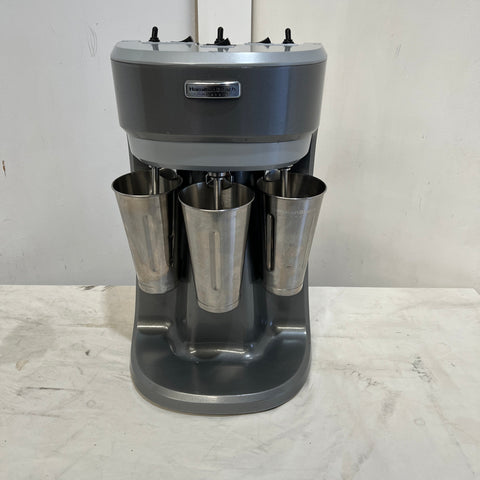

 Hamilton Beach HMD400P-CE Milkshake Mixer - 861497
Hamilton Beach HMD400P-CE Milkshake Mixer - 861497
320W x 215D x 520Hmm
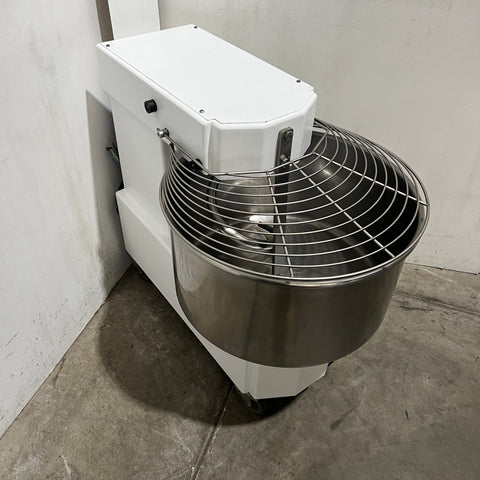

 Moretti Forni iM SP 44/2 Spiral Mixer - 825517
Moretti Forni iM SP 44/2 Spiral Mixer - 825517
530W x 831D x 760Hmm

 2NDs: Yasaki 20 Litre Planetary Mixer - B20GC-SA7-Nov
2NDs: Yasaki 20 Litre Planetary Mixer - B20GC-SA7-Nov
806(W) x 537(D) x 500(H)mm

 2NDs: Yasaki 40 Litre Planetary Mixer - B40CP-SA7-Oct
2NDs: Yasaki 40 Litre Planetary Mixer - B40CP-SA7-Oct
1190(W) x 702(D) x 700(H)mm
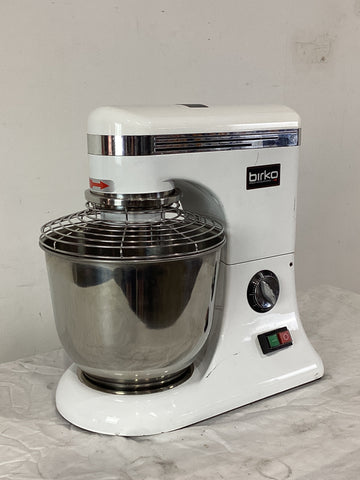

 Birko 1005004 Planetary Mixer - 861513
Birko 1005004 Planetary Mixer - 861513
260W x 420D x 420Hmm
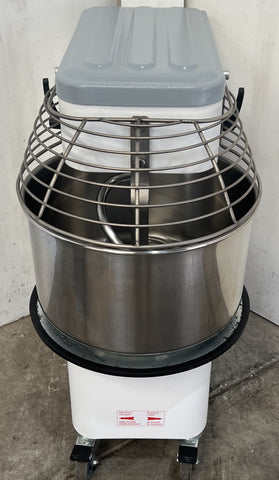

 Mecnosud PK18AM Sprial Mixer - 888170
Mecnosud PK18AM Sprial Mixer - 888170
390W x 700D x 702Hmm
390W x 702D x 700Hmm
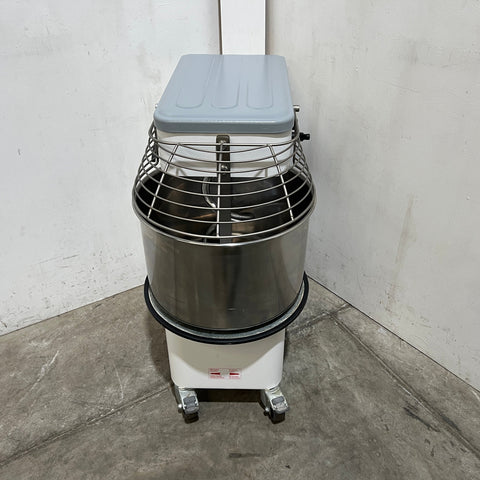

 Mecnosud PK25AM Spiral Mixer - 856957
Mecnosud PK25AM Spiral Mixer - 856957
425W x 760D x 800Hmm
425W x 800D x 760Hmm
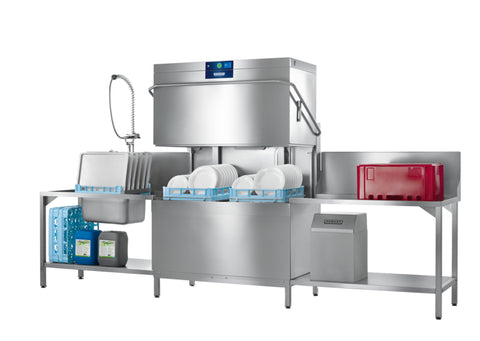

 Hobart PROFI Twin W/ Drain Heat Recovery Dishwasher - AMXT-VR
Hobart PROFI Twin W/ Drain Heat Recovery Dishwasher - AMXT-VR
1245(W) x 1510(H) x 815(D)mm
280(W) x 772(H) x 515(D)mm
380(W) x 772(H) x 515(D)mm
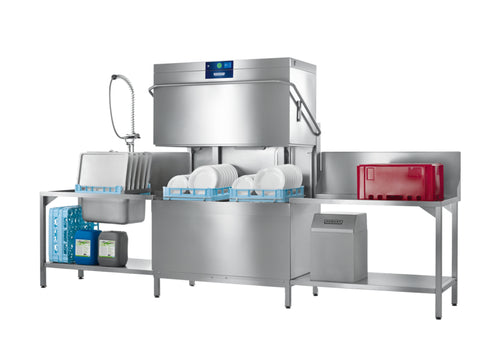

 Hobart PROFI Twin W/ Vapostop & Drain Heat Recovery Dishwasher - AMXT-R
Hobart PROFI Twin W/ Vapostop & Drain Heat Recovery Dishwasher - AMXT-R
1245(W) x 1510(H) x 815(D)mm
770(W) x 1720(H) x 1200(D)mm
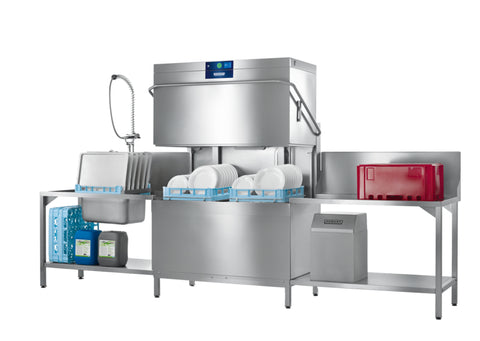

 Hobart PROFI Twin W/ Vapostop Dishwasher - AMXT-V
Hobart PROFI Twin W/ Vapostop Dishwasher - AMXT-V
1245(W) x 1510(H) x 815(D)mm
590(W) x 1270(H) x 760(D)mm
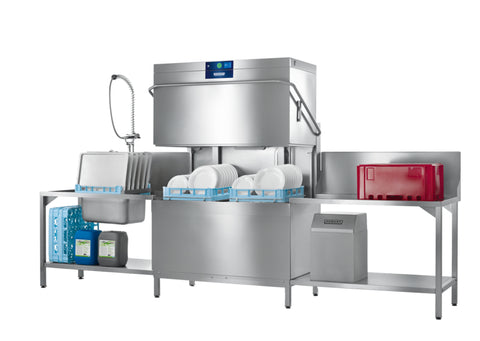

 Hobart PROFI Twin Base Model Dishwasher - AMXT
Hobart PROFI Twin Base Model Dishwasher - AMXT
1245(W) x 1510(H) x 815(D)mm
580(W) x 1260(H) x 760(D)mm
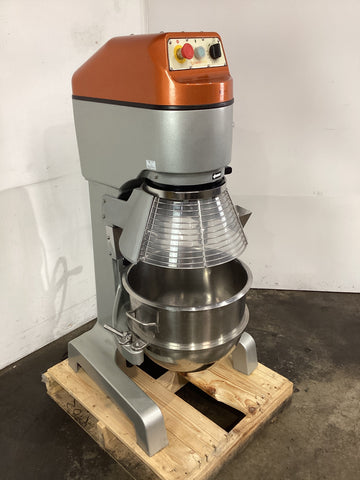

 Robot Coupe Bakermix SP-40A-C Planetary Mixer - 770947
Robot Coupe Bakermix SP-40A-C Planetary Mixer - 770947
635W x 1320D x 700Hmm
635W x 700D x 1320Hmm
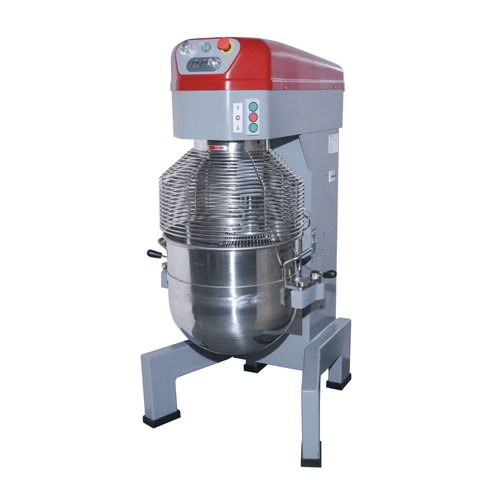

 Tyrone Heavy Duty Planetary Mixer 60L B60GX
Tyrone Heavy Duty Planetary Mixer 60L B60GX
816(W) x 823(D) x 1472(H)mm
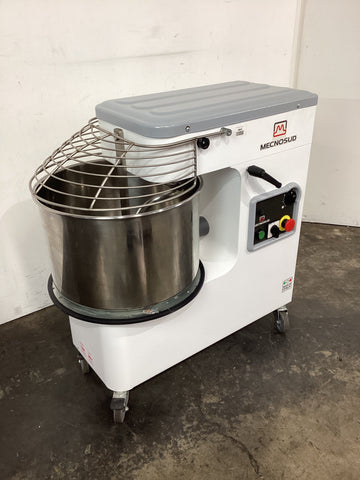

 Mecnosud PK25AM Spiral Mixer - 856335
Mecnosud PK25AM Spiral Mixer - 856335
410W x 775D x 790Hmm
410W x 790D x 775Hmm
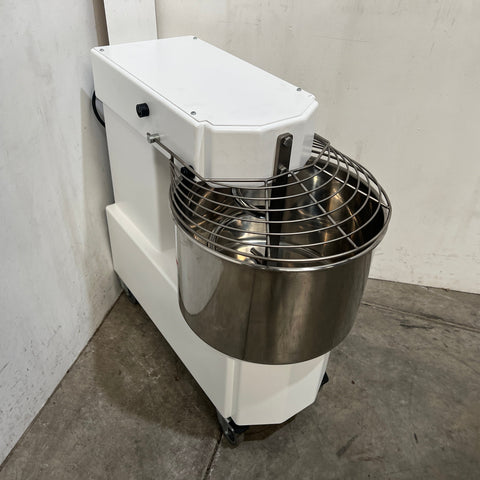

 Mecnosud IM25M Spiral Mixer - 848934
Mecnosud IM25M Spiral Mixer - 848934
430W x 770D x 780Hmm
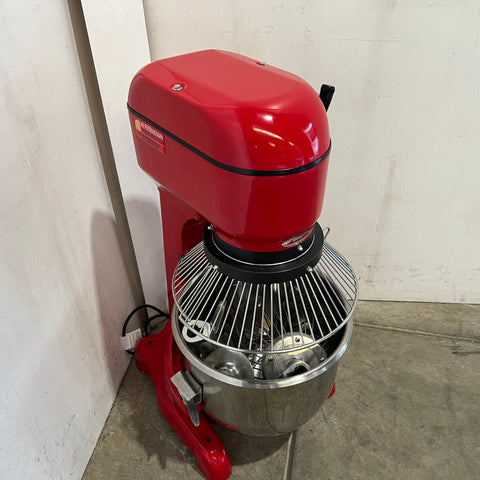

520W x 550D x 820Hmm
520W x 820D x 550Hmm
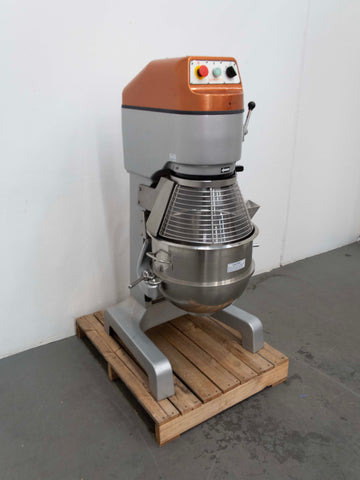

 Robot Coupe Bakermix SP-40A-C Planetary Mixer - 885851
Robot Coupe Bakermix SP-40A-C Planetary Mixer - 885851
630W x 1320D x 620Hmm
630W x 620D x 1320Hmm
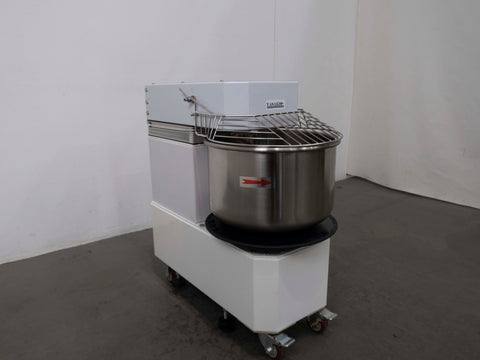

 Yasaki HTD-30L Spiral Mixer - 881511
Yasaki HTD-30L Spiral Mixer - 881511
445W x 800D x 845Hmm
445W x 845D x 800Hmm
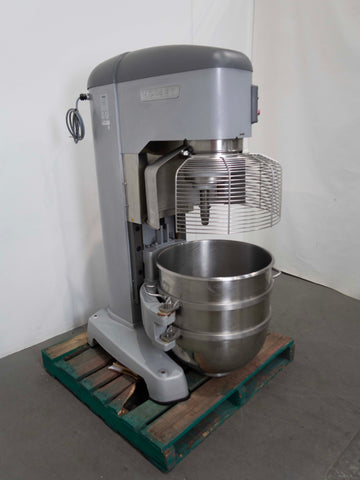

 Hobart HL1400 Planetary Mixer - 839981
Hobart HL1400 Planetary Mixer - 839981
850W x 1200D x 1700Hmm
850W x 1700D x 1200Hmm


 Prismafood IBM 30 VEL Spiral Mixer - 865355
Prismafood IBM 30 VEL Spiral Mixer - 865355
440W x 720D x 820Hmm
440W x 820D x 720Hmm
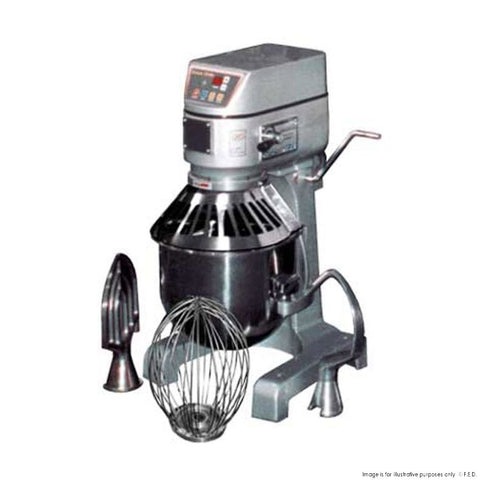

 2NDs: Tyrone 10 Litre Heavy Duty Mixer TS207-1/S
2NDs: Tyrone 10 Litre Heavy Duty Mixer TS207-1/S
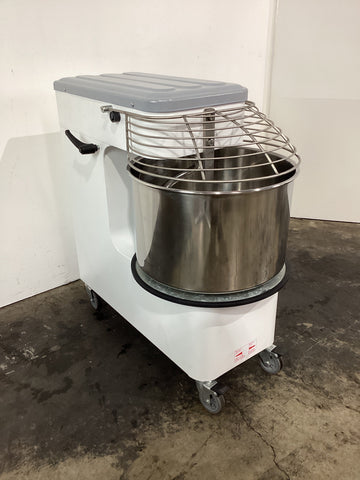

 Mecnosud PK25AM Spiral Mixer - 825220
Mecnosud PK25AM Spiral Mixer - 825220
425W x 760D x 800Hmm
425W x 800D x 760Hmm
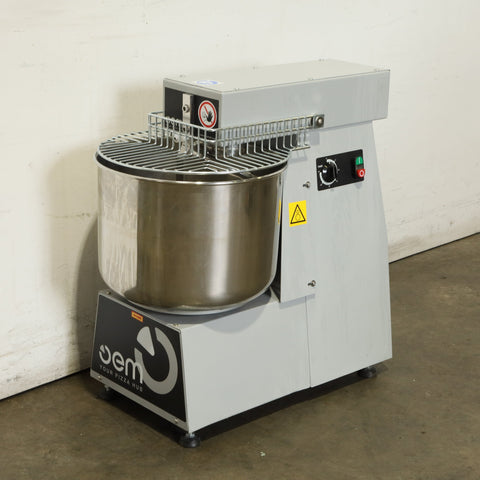

430W x 730D x 750Hmm
430W x 750D x 730Hmm


 Mecnosud PK25AM Spiral Mixer - 866139
Mecnosud PK25AM Spiral Mixer - 866139
465W x 770D x 800Hmm
465W x 800D x 770Hmm

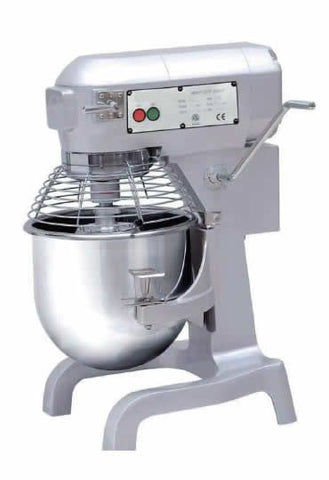
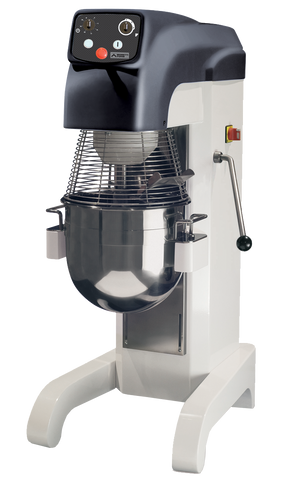

 Moretti Forni Planetary Mixer with Variable Speed - MPV
Moretti Forni Planetary Mixer with Variable Speed - MPV
500-680(W) x 700-1000(D) x 1200-1600(H)mm

 Ex-Showroom: Tyrone 10 Litre Heavy Duty Mixer - TS207-1/S-VIC692
Ex-Showroom: Tyrone 10 Litre Heavy Duty Mixer - TS207-1/S-VIC692

 Ex-Showroom: Pizza Dough Former Flat Edge PF33A-NSW1860
Ex-Showroom: Pizza Dough Former Flat Edge PF33A-NSW1860
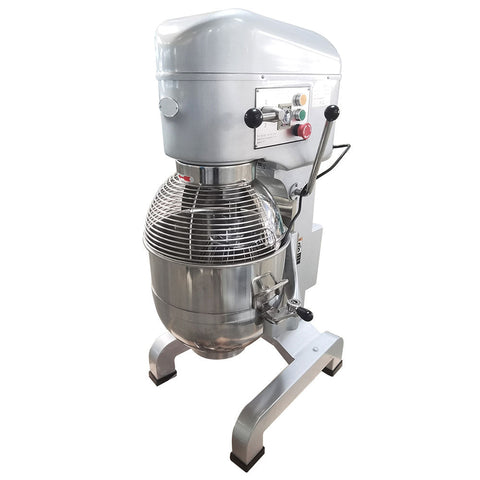

 2NDs: Yasaki 40 Litre Planetary Mixer B40CP-NSW1813
2NDs: Yasaki 40 Litre Planetary Mixer B40CP-NSW1813
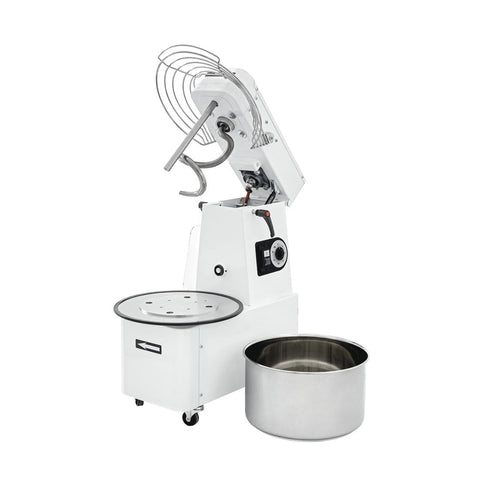

 2NDs: Prismafood Spiral Mixers SFR50-NSW1805
2NDs: Prismafood Spiral Mixers SFR50-NSW1805
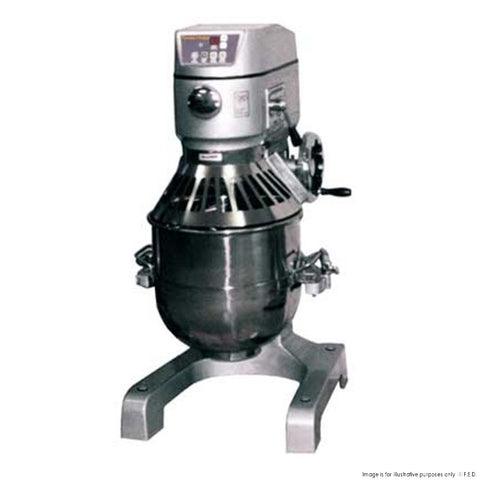

 2NDs: Tyrone 40 Litre Heavy Duty Mixer TS240-1/S-NSW1713
2NDs: Tyrone 40 Litre Heavy Duty Mixer TS240-1/S-NSW1713
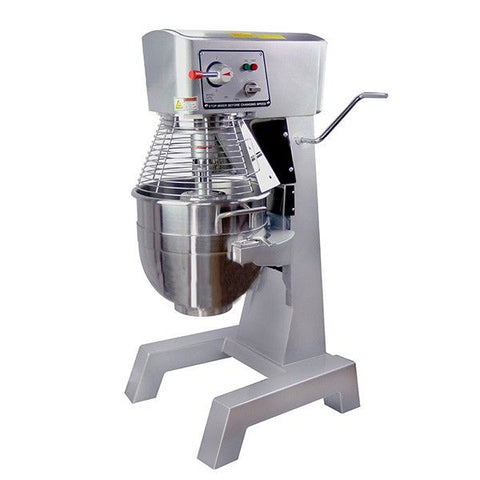



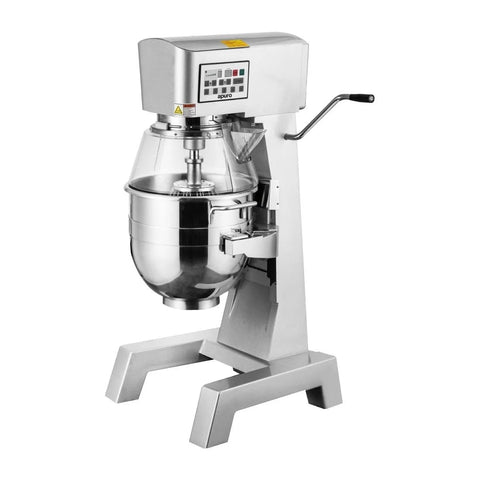

 Apuro 30L Digital Planetary Mixer - FU139-A
Apuro 30L Digital Planetary Mixer - FU139-A
611(W) x 1142(H) x 611(D)mm

 Moretti Forni Planetary Mixer with Variable Speed - 80L - MP80V
Moretti Forni Planetary Mixer with Variable Speed - 80L - MP80V
680(W) x 1000(D) x 1600(H)mm
Welcome to Restaurant Equipment Online - your one-stop solution for all your bakery and kitchen needs! Whether you're whipping cream, kneading bread dough, or mixing cake batter, our commercial planetary mixers are the versatile pieces of equipment you need in your kitchen. With options for world class brands like Bakermax, Apuro, Hobart, Tyrone, AG Equipment and more, we have what you need to take your baking to the next level!
A planetary mixer is a kitchen machine designed for mixing, kneading, and beating various ingredients. It gets its name from the way its gears work, there are three planetary gears which revolve around a central gear, similar to the way the planets revolve around the sun. This unique mixing action ensures thorough and even mixing of ingredients, making it a staple in any bakery or kitchen.
When it comes to choosing the right mixer for your kitchen, it's important to understand the differences between the two most popular options – the planetary mixer and the spiral mixer. While both are designed for mixing and kneading dough, they differ in several key ways.
The planetary mixer, as the name suggests, features gears that rotate around a stationary large gear, thus providing adequate gear reduction, similar to the movement of planets around the sun. This design allows for thorough and even mixing of ingredients, making it a popular choice for bakeries and kitchens. With its versatility, planetary mixers can handle almost any kind of mixing job, from whipping cream to mixing meat. Planetary mixers can also mix dough for bread and pizza, however it is only intended to mix small batches at a time and not to become ‘the dough machine’ in the kitchen.
On the other hand, the spiral mixer features a permanent dough hook only. No other mixing attachments. The dough hook that rotates inside the bowl, while the bowl counter-rotates in the other direction to the dough hook. This design is particularly well-suited for heavy dough mixing, such as for bread and pizza dough which requires a lot of kneading. Spiral mixers are usually larger and more powerful than planetary mixers, and can handle much larger quantities of dough at once. However, they are not as versatile as planetary mixers, and are not recommended for lighter mixing jobs, such as whipping cream.
In conclusion, both planetary mixers and spiral mixers have their own unique strengths and weaknesses. If you're looking for a versatile machine that can handle almost any kind of mixing job, a planetary mixer like this AG 30 Litre Planetary Food & Dough Mixer is the right choice for you. But if you're a bread baker who needs a machine to handle large quantities of heavy dough, a spiral mixer is the way to go. Regardless of which one you choose, both will save you time and effort, and produce consistently great results every time!
Our main recommendation for any brand or model of mixer is to always know it’s maximum capacity as per the manufacturer’s manual. This can be in either or both dry and wet references, such as 5kg flour or 8kg dough mix. If you know that you need to mix 5kg of flour, we recommend getting a mixer which is rated for approx 20% more than your maximum, or 6.25-7kg flour capacity. This will ensure that the motor and other components are never stressed and you will enjoy a long, low maintenance life for your mixer!
Yes, planetary mixers are designed to handle heavy-duty tasks such as kneading bread dough. However, choosing a mixer with a large capacity and powerful motor is important, as this will determine its ability to handle tougher jobs. Mixers with larger capacities and more powerful motors will be better equipped to handle heavy-duty tasks, while smaller mixers may struggle. It's also important to choose a mixer with a sturdy construction and high-quality components, as this will ensure its durability and longevity over time. For example, the Bakermax B40KG Three Speed Mixer on Restaurant Equipment Online is a great option for heavy-duty mixing tasks, featuring a 40-liter bowl capacity and a powerful 2kW gear-driven motor. When shopping for a planetary mixer, be sure to take into consideration the types of tasks you'll be using it for, as well as the volume of ingredients you'll be mixing, to find the best option for your needs.
Regular cleaning and maintenance are essential for extending the lifespan of your mixer. Follow the manufacturer's instructions for cleaning and oiling the machine.
With proper maintenance and care, a planetary mixer can last for many years. Some models come with a warranty of up to 5 years, giving you peace of mind with your investment.
The price of a planetary mixer can vary greatly based on the model, brand, and features. Costs can range from a few hundred dollars for a basic model to several thousand dollars for a high-capacity, heavy-duty mixer. At Restaurant Equipment Online, we know that the cost of a planetary mixer is a significant factor for many commercial kitchens, which is why we offer a variety of options to suit all budgets. Our economical choice, the Apuro Planetary Mixer, is perfect for those seeking a budget-friendly option. On the other hand, the Hobart 140 Quart Legacy Planetary Mixer is a high-end machine for those who need a heavy-duty mixer. Regardless of your budget, we have the ideal planetary mixer to meet your requirements and financial constraints.
The power of a mixer is measured in horsepower (hp). A higher horsepower rating means more mixing power. Choose a mixer with a motor powerful enough to handle your recipe volume and viscosity.
Using a planetary mixer is simple and straightforward. Start by selecting the right attachment for your mixing job, such as a dough hook for kneading bread dough, a whisk for beating egg whites, or a flat beater for mixing cake batter. Then, add your ingredients to the bowl and select the desired speed. The machine will do the rest, evenly mixing your ingredients to perfection. Remember to always use the mixer with the bowl guard in place to ensure your safety and the longevity of the machine.
Taking care of your commercial planetary mixer is essential for its long life and top performance in the kitchen. Follow these maintenance tips to keep it in great shape:
- Clean Regularly: After each use, be sure to clean the mixer thoroughly, including the bowl, beaters, and attachments. This will prevent any buildup of food or grease, which can lead to corrosion and other problems.
- Lubricate Moving Parts: Regularly lubricating the moving parts of the mixer, such as the gears and bearings, can help prevent friction and wear. This will also help keep your mixer running smoothly and quietly.
- Check for Loose Parts: Regularly check for any loose parts on your mixer, such as screws or nuts, and tighten them as needed. This will prevent any potential damage to the mixer or injuries to the operator.
- Inspect the Power Cord: The power cord should be inspected regularly for any signs of damage, such as fraying or cracks. If any damage is found, the cord should be replaced immediately to avoid potential electrical hazards.
- Store Properly: When not in use, be sure to store your mixer in a cool, dry place. This will help prevent rust and other types of corrosion.
Planetary mixers come with various attachments like beaters, dough hooks, whisks, and others. Use beaters for whipping and mixing, dough hooks for kneading dough, and whisks or aerators for tasks like grinding or slicing.
Planetary mixers come in a variety of styles, perfect for different needs and kitchen sizes. You'll find countertop versions, floor-standing options, and even high-capacity models.
For smaller spaces like cosy bakeries, cafes, and eateries, countertop models, like this Anvil 10 Qt Planetary Mixer, are a great fit. They're compact, versatile, and get the job done.
But if you're looking for the cream of the crop, high-capacity models like the Hobart 80 Quart Legacy Planetary Mixer have got you covered. Ideal for massive food production and commercial baking, these mixers boast the largest capacity, powerful motors, and cutting-edge features. They're the go-to choice for those heavy-duty mixing tasks that need some serious muscle.
To ensure safe operation of a planetary mixer in a commercial kitchen, always adhere to the manufacturer's instructions and recommendations. This might involve wearing protective gear like gloves or goggles and avoiding contact with the mixer's moving parts. Also, make sure the mixer is level and stable during use, and always unplug it before performing maintenance or cleaning tasks.
Planetary mixers usually have 3 to 4 speed settings, depending on the model. The speed varies from low to high, allowing you to adjust according to the recipe requirement.
Planetary mixers are widely used in commercial kitchens, bakeries, and pastry shops. They can be used for making pizza dough, bread dough, cookie dough, cakes, whipped cream, and many other recipes.